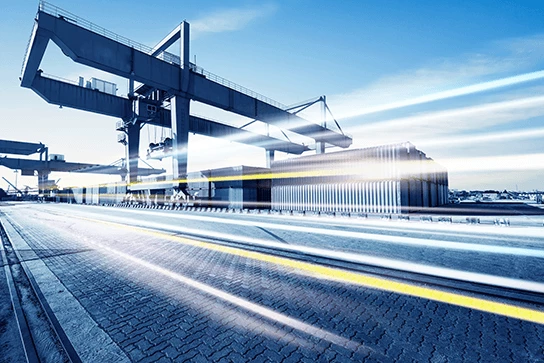PORTS, TERMINALS AND INTERMODAL EQUIPMENT
Over 90% of U.S. imports come through ports. Container shipping overcapacity is pinching both margins and space for ports and terminals.
Ports, Terminals and Intermodal Equipment
Over 90% of U.S. imports come through ports. Container shipping overcapacity is pinching both margins and space for ports and terminals.
Ports & Terminals face strict regulation and shrinking margins. You must lead or be left behind.
Need help finding the right solution? Connect with our experts.

More stringent local and global regulations require reductions in emissions
How can you exceed the standards?

Mega container ships carrying more cargo are driving congestion and overcrowding
How can you maximize your space and efficiency?

Operators and equipment must perform with greater speed and precision to keep pace with demands
How can you move more, faster?

Every container yard must bring down the cost per box moved to stay competitive
How can you manage tightening margins?
Innovations to help reduce downtime and improve safety – ultimately lowering your operating costs.
Learn how utilzing Hyster ReachStackers helped Ray-Mont support growing container volumes without usind excess space or compromising freight forwarding service levels.
The double-handling capability of the Hyster H180-230XD container handler provides particularly powerful advantages as organizations scale to handle growing demand while maintaining targets for efficiency and cost
See technologies and infrastructure poised to help ports reduce their carbon footprint, without sacrificing performance.
See how double container handling can alleviate space and congestion concerns while boosting throughput by up to 30%.
Your port terminal operation is going electric. The main question: How? There are plenty of power options, including hydrogen fuel cells. This white paper examines how they compare to other electric options and how you can evaluate whether they’re the right fit for your operation.
"*" indicates required fields